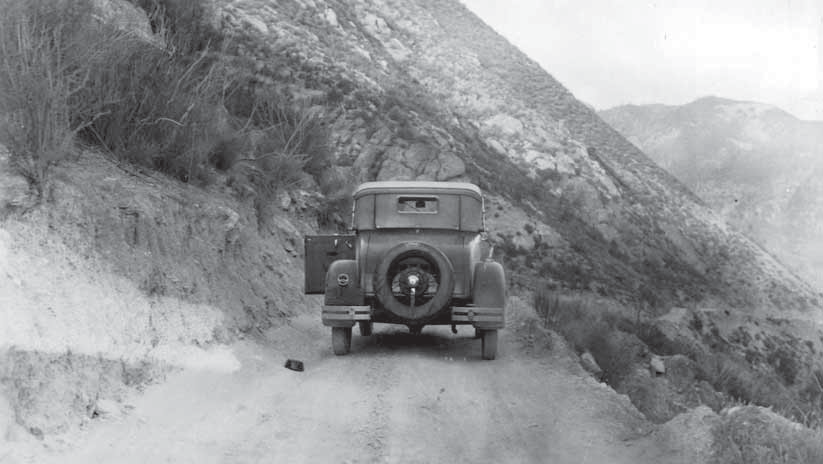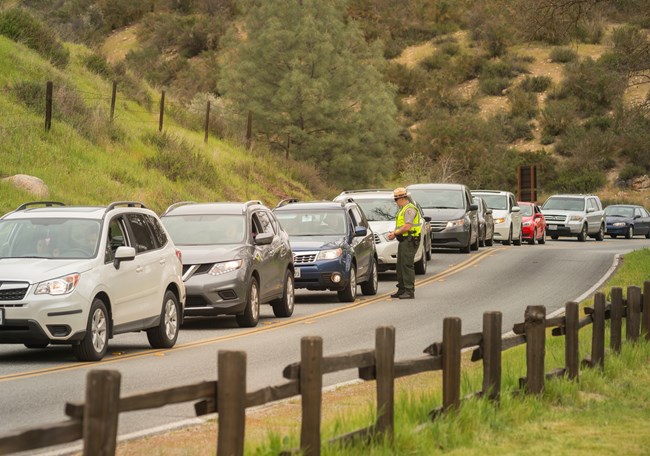
Some of the major challenges that Pinnacles has faced in the past few decades has been exotic and invasive species. Feral pigs became a major problem at the park in the 1960s. Boars were originally brought over from Eurasia for hunting and hybridized with domestic pigs to create a feral species. Because pigs are not native to the Americas, they have no natural predators so their population exploded. Once the pigs entered into the park, their rooting instincts tore up vegetation and riparian areas near water where they like to bathe. The park decided that the pigs were causing too much damage to resources and competing with native species, so they decided to start the construction of a special fence to keep the pigs out, but allow other animals to pass freely into and out of the park. Construction started in 1983 and by 2003 the fence was completed, the park was deemed pig free in 2016. Fire management policy has also been ever evolving throughout the history of Pinnacles. In 1973, Pinnacles began using prescribed burns as a way to manage ecosystems such as chapparal. By periodically starting controlled burns in the park, the chance of an intense and destructive fire was reduced because the built up fuel loads would be destroyed. At this time the park service was still learning a great deal about fire ecology since most fires that occured within park boundaries were suppressed. More research was conducted in the park and it showed that regular fire intervals were actually healthy for certain ecosystems, since it destroyed dead plants and allowed more space and nutrients for new plants to grow. Currently, Pinnacles does not have its own fire crew, but prescribed burns are still used in the park periodically because it helps to manage invasive species like yellow star thistle. 
Learn more about California Condors The most recent update to Pinnacles is its redesignation from National Monument to National Park when in 2013, Pinnacles became the 59th National Park. It was originally designated as a monument because of its unique geologic features such as rock spires and crags that are remnants of volcanic activity millions of years ago. However, the abundance of cultural and natural resources in the park, including its many federally protected species, made it an appropriate candidate for a National Park. The United States Senate and President Obama passed the bill that redesignated Pinnacles to a National Park which included a 3,000 acre expansion of wilderness to be named the Hain wilderness, in honor of the homesteader Schuyler Hain who worked to protect it in the early 1900s. The redesignation has also increased visitation and tourism to nearby communities. What lies ahead? In an increasingly urban society disconnected from nature, places like Pinnacles remain a haven for folks wishing to relax and enjoy the rejuventating effects of wilderness. But as visitation increases, so does impact on the resources in the park, as over-crowding can damage vegetation and harm wildlife. The park will continue to adapt to changing needs of visitors while seeking to balance its goals of protecting plants and animals that also call this place home. |
Last updated: March 22, 2018
